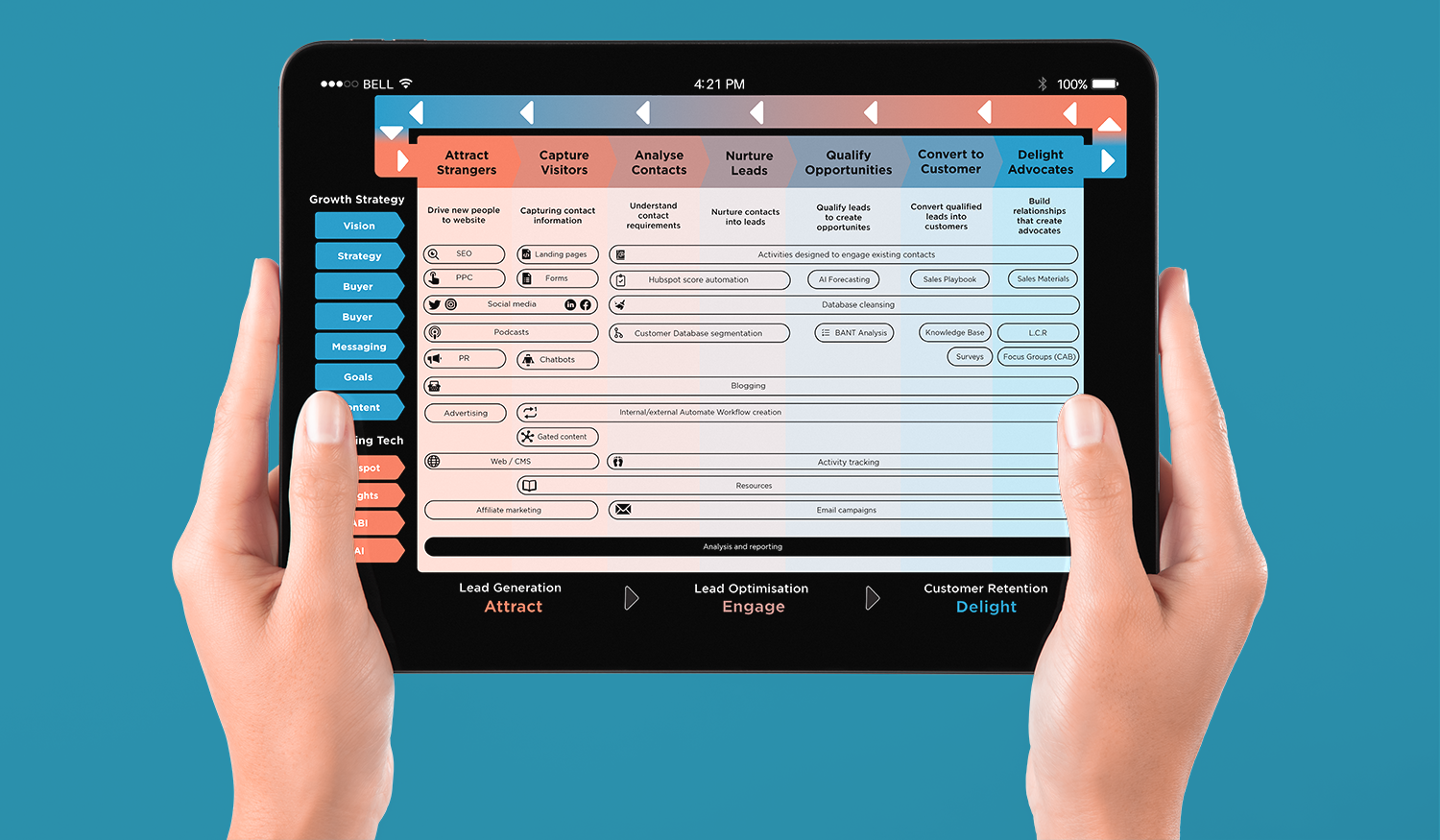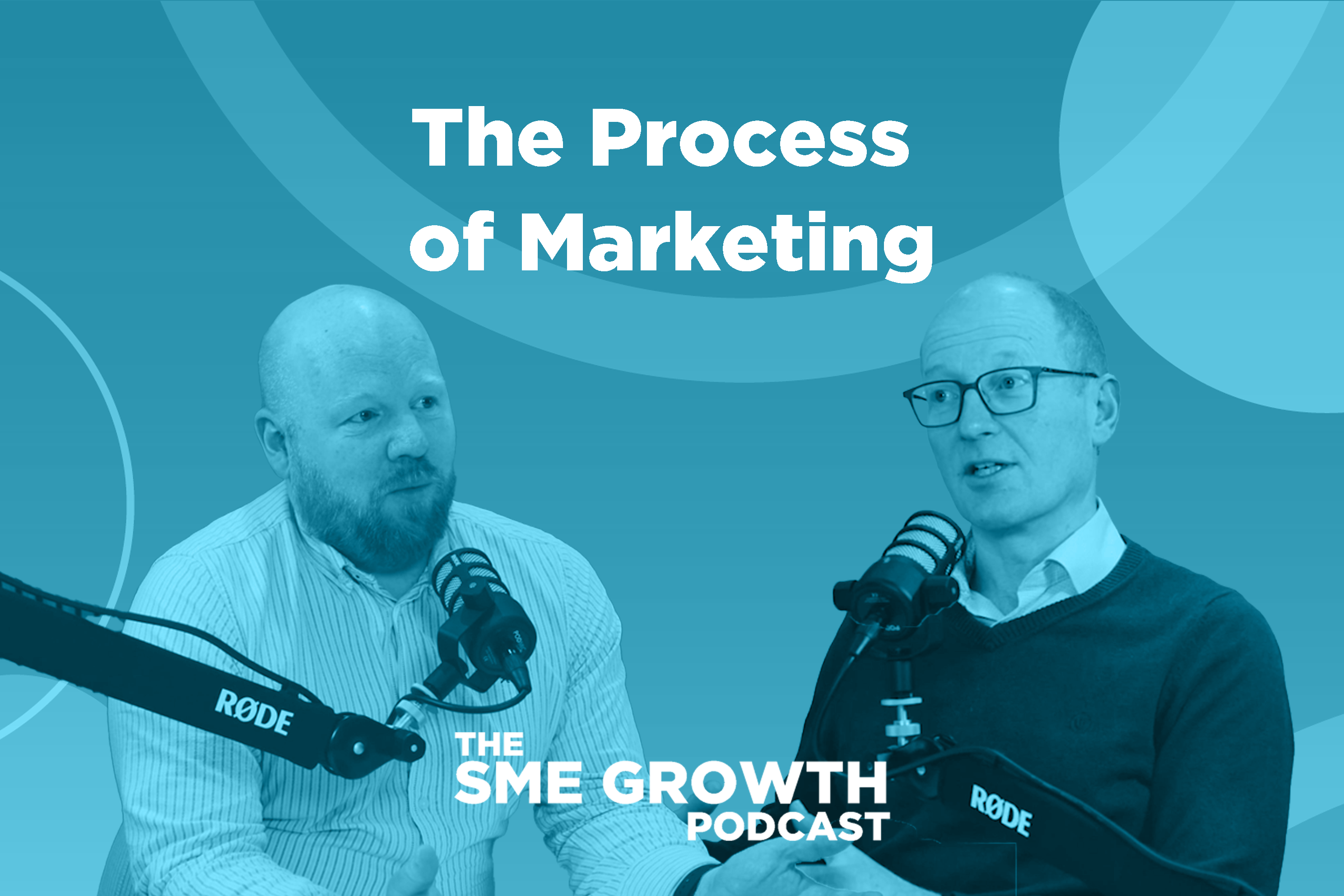7 Steps to Increase Business Growth
As a growth agency the most common question we get asked is "How do I increase my business growth?". This is our 7 step process to help increase your...
Wellmeadow supports ambitious companies with business growth enabled by HubSpot.
We've worked with over 100+ businesses at board-level across sectors such as automotive, manufacturing, healthcare, legal, SaaS, and professional services.

%20(A4).png?width=71&height=100&name=portrait%206-box%20model%20diagram%20(1170%20x%207051%20px)%20(A4).png)

-1.png?width=70&height=70&name=Square%20(1)-1.png)

Organic growth, also known as internal growth, is when a business adapts internal practices to boost outputs and sales. This could include optimising business practices, launching new products or reallocating resources to boost an area.
WHAT IS ORGANIC GROWTH IN BUSINESS?
An organic growth strategy drives business growth from within, by implementing internal changes to advance the business and maximise growth. There are several tactics for this but the most common are streamlining and optimising business practices, launching a new product or reallocating resources to further boost currently strong performing products or services.
STRATEGIES TO BOOST ORGANIC GROWTH
Optimising business practises are a significant way to boost growth. Streamlining practices can help save money as well as promoting productivity. Using a digital transformation strategy is a great way to start optimising your practices. This could include implementing automation in your sales process via a CRM to make your sales force more efficient or improving your SEO to increase your discoverability to new potential customers. Optimising your practices should help you save time and money with boosted efficiency whilst improving the customer experience and ultimately converting more leads.
Launching a new product or service can be another way to maximise growth. A new product can help grow awareness around your brand as well as potentially reaching new markets and opportunities. A relaunch or adaptation of an existing product would also work in a similar way. A great example of this is Costa Coffee relaunching their loyalty app and changing some of the functionality to better suit their customer's needs. Following the new app, Costa reported a 16% increase in transactions. The previous loyalty scheme had been in place for 11 years, but saw an instant boost by relaunching. A new product or relaunch can really help drive more sales.
Reallocating resources to aid growth is another potential strategy. By redistributing assets it means you are able to further grow your business in areas you see currently performing well. Use analytics to see what areas of your business are growing, this is not just in terms of sales, if you see a specific advert or landing page is receiving lots of traction, invest further in adverts that match and compliment. Whilst the most obvious form of growth is increasing sales, it can take the form of increasing reach, new leads or awareness for a few examples.
MEASURING ORGANIC GROWTH
Whilst deciding on a growth strategy it's important to understand what you are trying to increase and that will then help form your KPIs. The most obvious one would be to boost sales. Ultimately, any organic growth should boost your revenue, but some other goals could be to:
Boost brand awareness
Generate more leads
Reaching a new market
Grow number of employees
Organic growth does take time to show results, we would recommend quarterly reviews, leading into an annual review. Depending on the goal, this could then be a comparison year in review, or if not comparable, whether the numbers match the reasonable target set.
POTENTIAL CHALLENGES
With any business changes, there is the potential for some challenges along the way. Setting yourself reasonable and tangible goals can help avoid some of these issues, but some issues to consider are:
SPEED OF GROWTH
Setting unrealistic goals for your strategy is the most common hurdle. We would all love to double our outputs in the shortest time possible, but realistically, is that viable? Make sure your targets are achievable to set yourself up for success.
LACK OF STRATEGY
Setting a coherent and realistic strategy is the next focus. After setting a clear goal, the next stage for success is to ensure you have a reasonable strategy in place. Do you have the resources to implement it? Do you have the team members to structure it? Do you understand the steps to be undertaken to get to A to B? Ensure your strategy is clear and understood by all involved.
UNDERSTANDING THE MARKET
Having an in-depth understanding of your industry and the current market for your business is important. Does your strategy match with the current trends in your field? Understanding the bigger picture will help you work out a strategy to appeal to your audience and out perform your competitors.
SKILLSETS AND CAPACITY
When planning your strategy, consider the current skill sets of your team as well as their capacity. For example, if you wanted to start creating more video content to help boost awareness on social media, is there anyone in-house with the skillset to produce videos and do they have the capacity to create videos in addition to their current responsibilities. This may mean hiring a new person, looking at agencies or shifting responsibilities around to ensure the best chances of a successful implementation.
HOW TO IMPLEMENT AN ORGANIC GROWTH STRATEGY
SET YOUR SMART GOALS
Outline what you want to achieve with your organic growth strategy, and set a SMART goal for your outcome. Having a reasonable target as your starting point is key for a successful implementation. Use your current data to help influence your choices, expecting a 100% increase on your leads is unrealistic, but 10% is far more achievable.
DEVISE A STRATEGY AROUND YOUR GOAL
Now you've set your goal, the next part is to outline how you are going to make it happen! Whether that is optimising your business practises, launching a new product or reallocating resources, keep your goal in mind, outline your KPIs and decide how you are going to achieve your goal. Once you've outlined how, you can then start to assign roles and responsibilities, communicate the plan amongst the team and begin to work towards that strategy.
TOOLS FOR SUCCESS
Make sure you set yourself up for success. As highlighted in risks, ensure you have the right people with the right skills in place. You need to make sure the tools are in place, this could be a new hire, training or looking at software or equipment invoices. This could also be investing time in learning free tools to improve your offering, such as creating graphics with Canva to improve your social media.
Have a look at our blog "Our Top 5 Free Copywriting Tools for Inbound Marketers" for some tips and tricks on improving your copy.
IMPLEMENT YOUR STRATEGY
You've set your goals, outlined how they will be achieved, invested and organised to be able to carry out the strategy, all that's left is now to start! Keep an eye on how it is performing, listen to any potential issues outlined by the team, you may need to alter the strategy. Real life application is always going to produce challenges that weren't considered in the hypothetical, react and adapt accordingly.
ANALYSE AND REVIEW
Look at the data, is the strategy performing the way you intended? Set yourself milestone goals you expect to hit through out the strategy, and if they aren't being hit, why not? By regularly reviewing and reacting to the performance data, you can then keep your strategy on track for success.
Then once your strategy has ran for it's intended time and achieved your goals, it's time to implement a new organic growth strategy on another area of the business and do it all over again!
Want to get ahead in growing your business? Our eBook "Building a Business Growth Engine" is a great place to start...

As a growth agency the most common question we get asked is "How do I increase my business growth?". This is our 7 step process to help increase your...

Not everything requires manual intervention; and by leveraging marketing automation, you can save time and enhance efficiency to capitalise on...

In this episode of The SME Growth Podcast, Dave Parry and Richard Buckle discuss marketing as a process. By systemising and outlining your marketing...